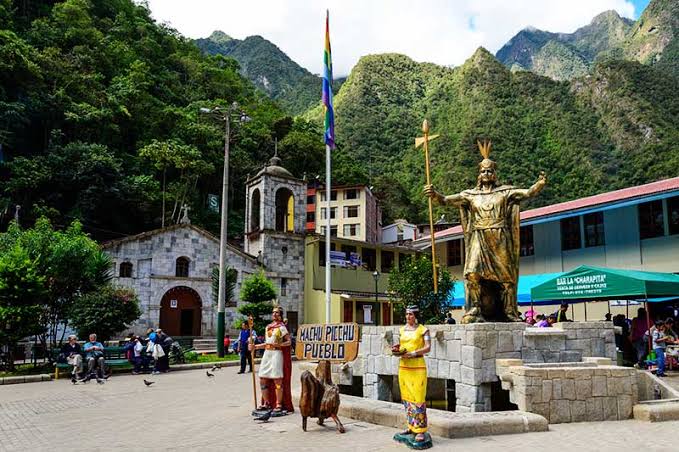SALKANTAY
The Salkantay is a snowy whose name translated from Quechua would mean ‘Wild Mountain’. This summit is known as ‘Apu’ (‘Lord’) for its majesty and elevation. The Apu ’Salkantay is located in the Vilcanota Mountain Range in the Andes of southern Peru. This snow is the second largest in Cusco, after Ausangate (Mountain of the 7 Colors). The snowy Salkantay reaches 6,271 meters above sea level (m.a.s.l.). The trek route that leads to Machu Picchu has its highest point at ‘Abra Salcantay’, at 4,650 m.a.s.l. From there you can see the snowy peak. The snow itself has an extremely cold climate (several degrees Celsius below 0º). The weather during the Salkantay trek, however, is varied. The intense sun and the cold night in the first days change for the tropical atmosphere of the last.
The 5 days and 4 nights that the Salkantay trek lasts runs landscapes with a great variety of flora and fauna. Among the species of flowers and plants, the orchid and ichu (Andean grass) stand out. Among the species of birds and animals, it is worth mentioning the llama, alpaca, vizcacha, condor, spectacled bear and the cock of the rocks (national bird of Peru).
Difficulty: medium
– Acclimatize one or two days in the city of Cusco before performing the Salkantay trek.
– Avoid alcoholic beverages or high fat meals. The altitude sickness or soroche in Salkantay and
Machu Picchu is one of the greatest difficulties.
– Perform some exercise prior to Salkantay trek. You don't need to be in excellent physical shape but
a little exercise will help.
– No matter what part of the year, you wear warm clothes during the Salkantay trek. The nights
are especially cold in the first two days.
– Plan up to the smallest detail the Salkantay trek on your own.
LOCATION: Cusco It is located in the Center- South of the country, in the Andean region.








